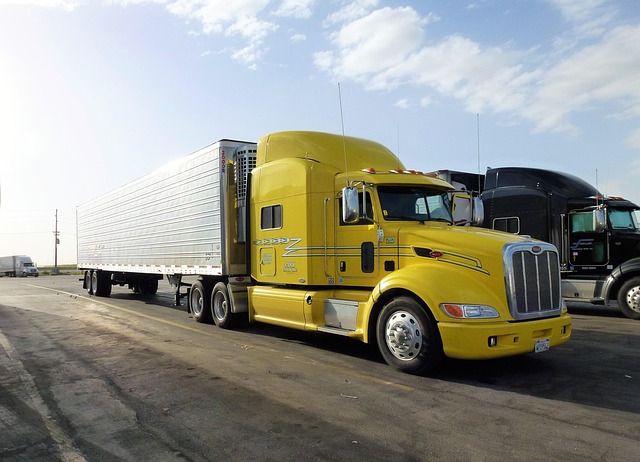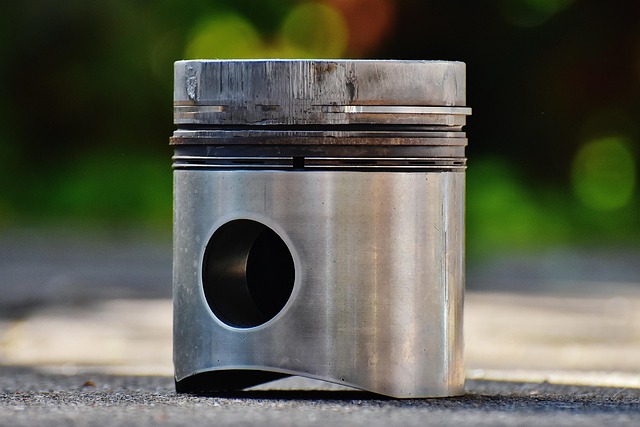Registering a car in California is a straightforward process, but it requires understanding specific rules. This guide will walk you through the steps, ensuring a smooth experience. From gathering essential documents to completing the registration application, we cover everything. A crucial step involves performing a DMV VIN verification, which confirms your vehicle’s identity. Once approved, pay the fees and receive your personalized license plate. Let’s dive into the details!
- Understand California Car Registration Requirements
- Gather Necessary Documents for Vehicle Registration
- Visit Your Local DMV for VIN Verification
- Complete the Registration Application Process
- Pay the Required Fees and Receive Your Plate
Understand California Car Registration Requirements

Before registering your car in California, it’s crucial to understand the state’s specific requirements. The California Department of Motor Vehicles (DMV) demands several documents and processes for a successful registration. One critical step is the DMV’s Vehicle Identification Number (VIN) verification, ensuring that the vehicle matches the provided details. This process, often done through a mobile vin inspection or using a mobile vin verifier, cross-references the VIN with national databases to confirm its authenticity.
Additionally, you’ll need to provide proof of insurance, pay registration fees, and pass any required emissions tests. It’s essential to have all these documents readily available when visiting a DMV office or completing the online registration process. Ensuring compliance with these requirements is the first step towards legally operating your vehicle on California roads.
Gather Necessary Documents for Vehicle Registration

Before you begin the registration process, make sure to gather all the essential documents required by the California Department of Motor Vehicles (DMV). This includes your vehicle’s title, proof of insurance, and a valid driver’s license or state ID. The DMV also mandates a complete dmv vin verification, which is typically done through an official mobile vin verifier or mobile vin inspection. Ensure that the vehicle’s identification number (VIN) is accurate and matches the records to avoid any registration delays.
Additionally, you’ll need to provide proof of residence and payment for the registration fee. It’s advisable to check the DMV’s website or contact them directly to confirm the specific documents needed based on your vehicle type and personal circumstances. Having these documents ready will streamline the registration process and help prevent potential issues down the line.
Visit Your Local DMV for VIN Verification

To register your car in California, you’ll need to undergo a Vehicle Identification Number (VIN) verification process at your local Department of Motor Vehicles (DMV). This step is crucial as it ensures that your vehicle meets all safety and emissions standards set by the state. During your visit, a DMV official will inspect the vehicle’s VIN, which is unique to each car and can be found on the dashboard or engine compartment. They’ll check this number against their records to confirm the vehicle’s authenticity and condition.
While many people associate this process with visiting a traditional DMV office, it’s worth noting that some counties in California offer mobile VIN inspection and verification services. These options are especially beneficial for folks who have busy schedules or face challenges with transportation. A mobile vin verifier can conveniently come to your location, saving you time and effort while still ensuring compliance with state requirements.
Complete the Registration Application Process

After gathering all the necessary documents, it’s time to complete the registration application process with the DMV. This involves filling out an application form and providing proof of insurance, ownership, and identity. A crucial step in this process is the DMV VIN verification, ensuring your vehicle’s unique identification number matches the records. You can streamline this with a mobile vin inspection or utilize a mobile vin verifier for on-the-go convenience.
Once your application is complete, submit it along with the required fees. The DMV will then process your request, checking all submitted documents and verifying the vehicle’s history through its databases. This step ensures compliance with California’s vehicle registration regulations, making your car officially registered and ready to hit the road.
Pay the Required Fees and Receive Your Plate

After completing your vehicle’s registration application at the California DMV, it’s time to pay the required fees and secure your unique vehicle identification number (VIN) plate. This process involves a series of steps designed to ensure accurate record-keeping and compliance with state regulations. The first step is typically to make the necessary payments for registration, which include fees related to title transfer, emissions testing, and other mandatory charges. Once these are settled, you can proceed with the VIN verification process, a crucial part of car registration in California.
For convenience, many individuals opt for mobile VIN verification services that allow them to complete this step from the comfort of their homes or offices. These services send a licensed inspector to perform a thorough inspection of your vehicle, cross-referencing its details with the DMV’s records, including the VIN. This ensures that your car is eligible for registration and helps prevent fraud. After successful verification, you’ll receive your official license plate, completing the process and allowing you to legally operate your vehicle on California roads.
Registering a car in California is a straightforward process that requires understanding the state’s requirements and gathering essential documents. By completing the steps outlined in this article, from understanding the rules to paying the fees, you’ll have your vehicle registered and on the road legally in no time. Remember, a key part of the process involves a dmv vin verification to ensure everything is in order.
